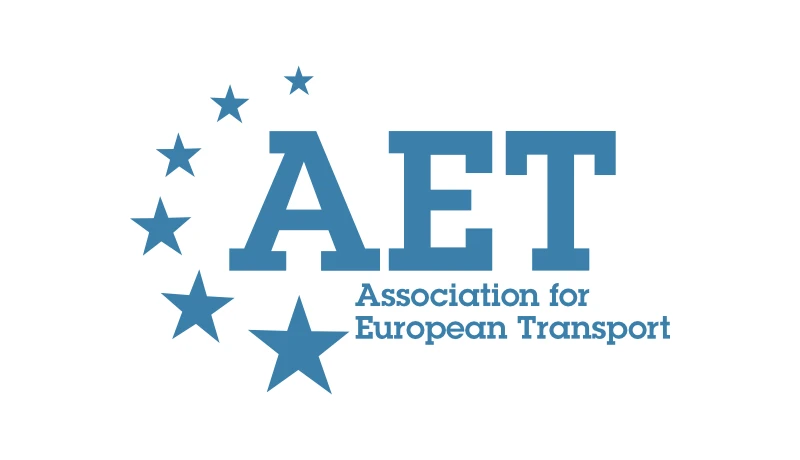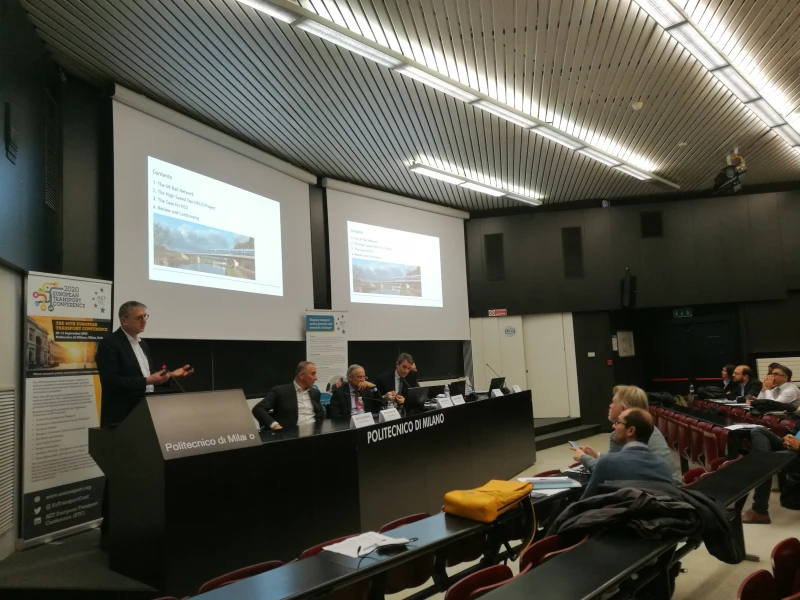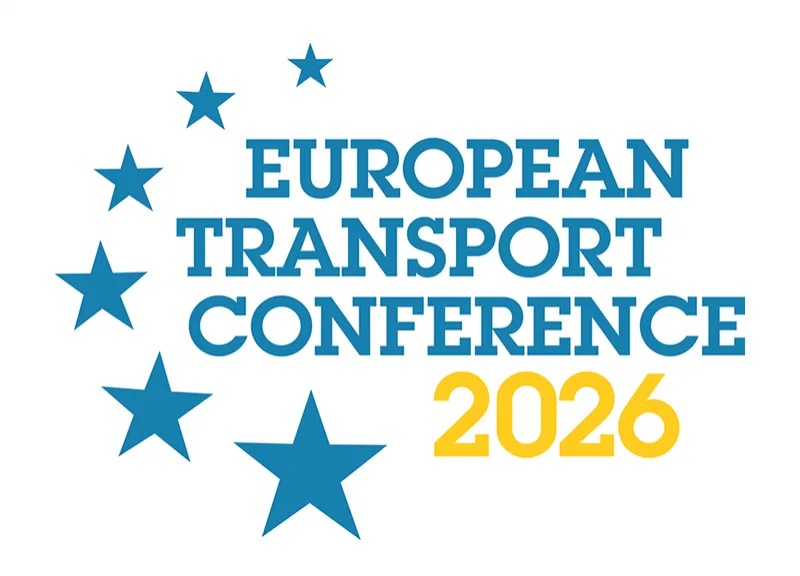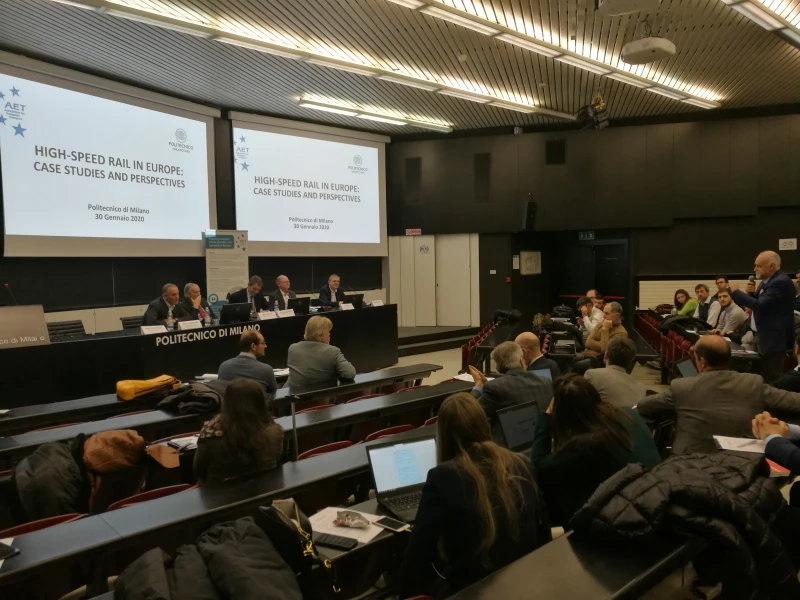-
Past ETC Papers
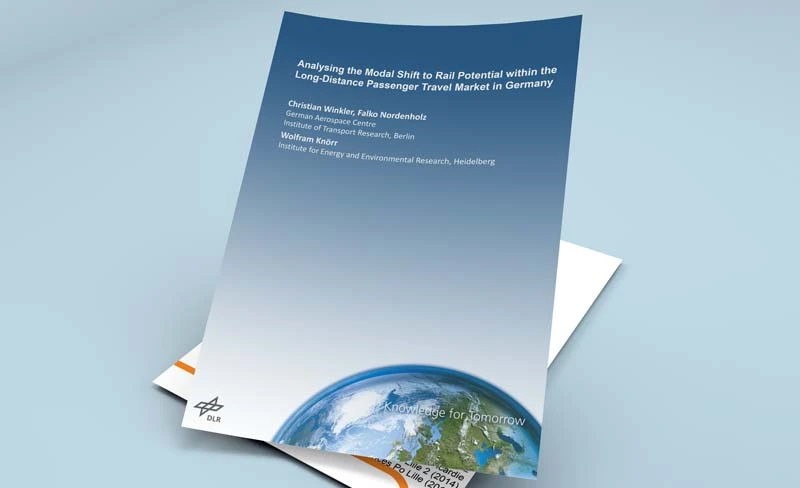
Browse, search and view papers from the past AET Conferences.
-
Members' Area
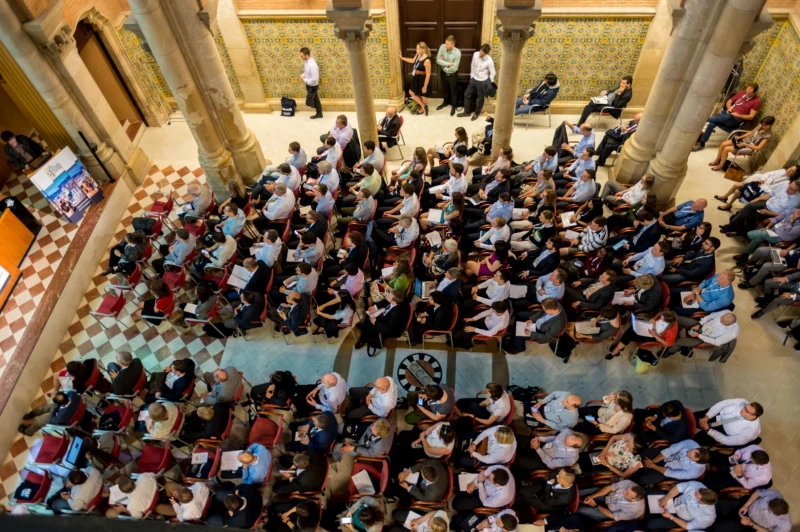
AET promotes networking and exchange of ideas, information and opportunities amongst members.
Conference Papers 2017
Barcelona, Spain
ETC Conference Papers 2017
The wider benefits of high quality public transport for cities
Seminar
Day 3 (6 Oct 2017), Session 7, Light Rail, 09:30 - 11:00
Status
Accepted, documents submitted
Authors
Niels Van Oort, Goudappel Mobility Consultants, Rob Van Der Bijl, RVDB, Freek Verhoof, Goudappel Mobility Consultants
Short abstract
The full value of public transport is often underestimated. The 5xE framework, consisting of effective mobility, efficient city, economy, environment and equity quantifies this value. The framework was successfully applied in the Randstad.
Abstract
Introduction
The true value of public transport is often underestimated systematically while assessing transit impacts of proposed projects. During the planning and assessment of new or improved connections, infrastructure or services, often only the costs of operations, construction and the revenues with regard to fares and travel time savings are accounted for. This approach provides insights into the performance of public transport to some extent, but disregards many other (positive) effects the provision of public services has. Many of which impose an advantage over competing modes of transport. This could result in the postponement or even cancellation of plans, as means are scarce and invested where gains are directly visible. Thus, to enable a fairer assessment of public transport plans, more insight is required into the wider benefits of its operations and impacts on passengers and the environment.
5xE Framework
To gain these insights, we developed a methodology to quantify the value of public transport using the five E’s: effective mobility, efficient city, economy, environment and equity Together these aspects provide a better indication of all potential benefits of public transport.
The E’s are defined as follows:
Effective mobility: public transport is able to transfer a large number of people from A to B in a fast and reliable manner and reduce congestion on roads in the process. Public transport projects often aim at enhanced service quality such as speed, frequency, reliability, comfort and safety. However, comfort and reliability are often neglected in cost-benefit analyses. In Van Oort (2016) it is illustrated that these gains may be substantial and should be explicitly taken into account.
Efficient cities: public transport is efficient in its use of land and space and by accessing and unlocking areas spurs and sustains urban (re)development and improvements of public realm (e.g. Van der Bijl (2006)). Based on fixed infrastructure high quality public transport modes can play an important role in urban planning/design and traffic planning/design. Knowles and Ferbrache (2016) appreciate these qualities because public transport in this respect can attract “inward investment, employers, business and tourist visitors”. Various new tramways and BRT systems show the iconic effect and value of public transport. Hence, cities may develop their own brands around their transit system. In addition, public transport is able to (re)structure and to (re)shape the city.
Economy: public transport improves the competitiveness of an area by attracting companies and inhabitants to its direct surroundings. Well served public transport stops and stations present favourable conditions that can elicit investments or other economic incentives. Particularly improved accessibility of sites is very meaningful for development, hence for the (future) land and property value. Research (e.g. Hass-Klau et al. 2004) showed public transport can represent an important condition for creating urban situations with positive economic effects, but always in combination with other interventions, such as additional actions, initiatives and investments, supportive policies, etc.
Environment: public transport is friendly for the environment and is essential for keeping cities and urban areas green and liveable. A model shift from individual to collective transport forms the foundation of sustainable transport, which in this regard is more efficient for all relating issues, such as energy consumption and greenhouse emissions.
Equity: public transport improves the general health by lowering car use (and resulting accidents) and provides members of the society access to employers. Common equity considerations relate primarily to (quick) access to jobs and secondly to facilities and shopping. Public transport plays an important in providing accessibility for all groups in society.
We quantified the impact of each of the five E’s and applied it in several studies, varying from a new tram line to a complete new urban bus and tram network. For several large transport operating companies, we calculated the wider public transport-value for the Randstad (the Holland metropolis containing the four largest Dutch cities Amsterdam, Rotterdam, The Hague and Utrecht). With about 3 billion euro expected societal benefits per annum, the figure was a lot higher than originally perceived.
References
Hass-Klau, C., G. Crampton, R. Benjari (2004), Economic impact of light rail. The results of 15 urban areas in France, Germany, UK and North America. Environmental and Transport Planning, Brighton.
Knowles, R., F. Ferbrache (2016), Evaluation of wider economic impacts of light rail investment on cities. Journal of Transport Geography, 54, pp. 430-439.
Van der Bijl, R.A.J. (2006), Portland: urban planning by streetcar. Scape 2, 2006, pp. 8-81.
Van Oort, N. (2016). Incorporating enhanced service reliability of public transport in cost-benefit analyses. Public Transport, Volume 8 (1), pp. 143-160.
Documents:

Association For
European Transport
Forester House
Doctors Lane
Henley-in-Arden
Warwickshire, UK
B95 5AW
+44 (0) 15 64 793552
VAT number: 710 1866 64
Conference Supporters & Endorsers

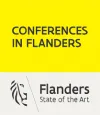


Legal Entity
The Association for European Transport is registered as an Association ('vereniging') with the Chamber of Commerce for Haaglanden in The Netherlands under company number 27170096.
Built on Zenario

